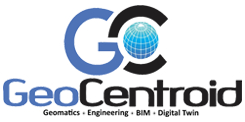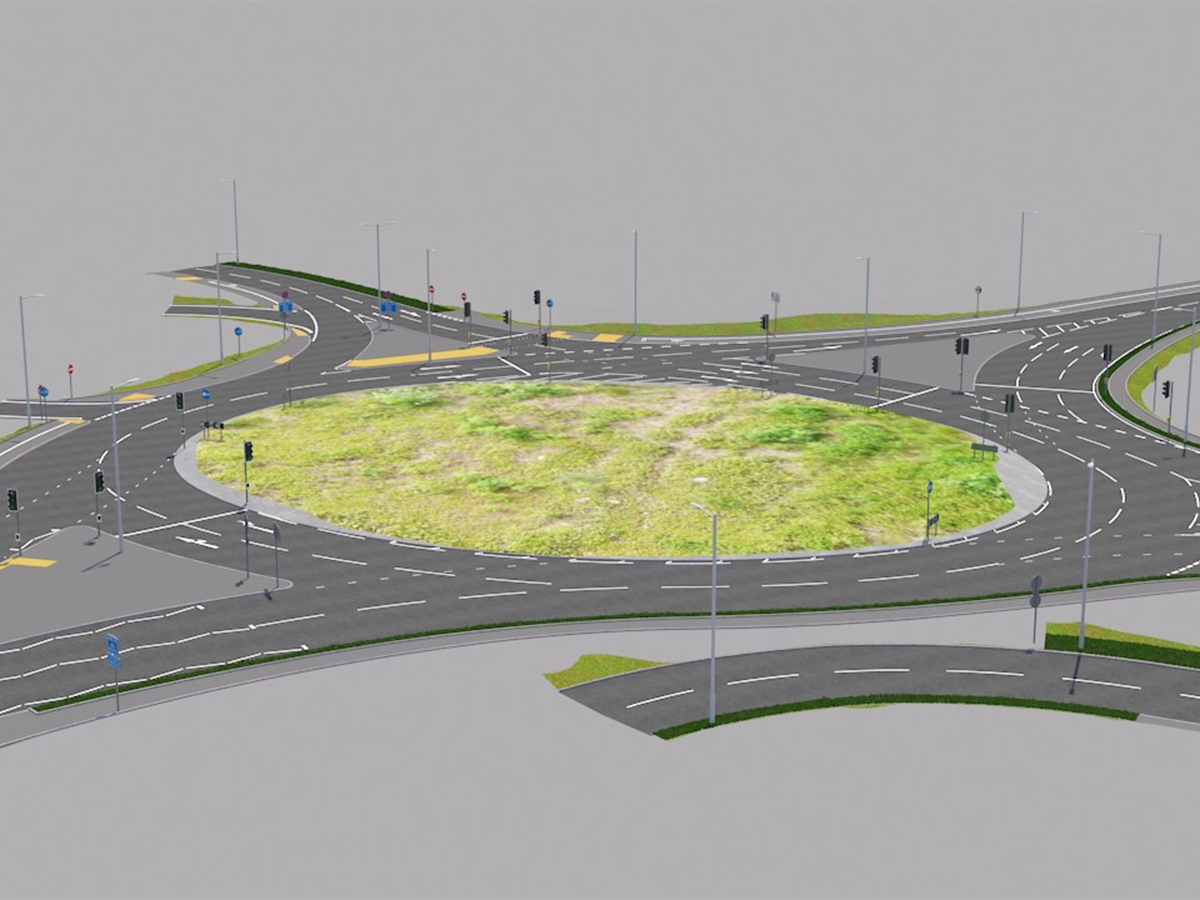3D Visualization Rendering
The Power of 3D Visualization and Rendering: Transforming Ideas into Reality
Welcome to the Future of Design
3D visualization and rendering are revolutionizing the design and construction industries. These technologies combine creative artistry with technical precision, allowing designers to create digital previews of products and projects before they exist. Discover how 3D visualization and rendering are transforming the way we design and communicate ideas.
Understanding 3D Rendering
3D visualization, or 3D modeling, merges artistic skills with technical expertise to produce digital images of products yet to be launched. The process involves prototyping, modeling, manufacturability analysis, market research, sketching, concept design, and ideation, focusing on user experience, functionality, and aesthetics.
With 3D visualization software, designers develop detailed models that include colors, textures, materials, dimensions, and shapes, providing an immersive experience for stakeholders.
From Digital Concepts to Realistic Renderings
3D rendering adds lifelike elements such as scenery, shadows, and lighting to digital models, creating photorealistic images that simulate real-world environments. Popular tools include 3ds Max and V-Ray for rendering, and Rhino3D, Twinmotion, AutoCAD, and SketchUp for visualization.
Benefits of 3D Visualization
3D visualization offers numerous benefits:
- Improved Communication: Ensures designers and clients share a clear understanding of the project before it progresses.
- Cost-Effective: Advanced technology has made 3D visualization more affordable, saving money during the marketing phase.
- Easy Interpretation of Concepts: Provides clear visual representations of different ideas, simplifying the decision-making process.
- Accurate Renderings: Blending 3D renders with real-life images creates precise and affordable representations of ideas.
- Efficient Distribution: Sharing digital renderings online streamlines the distribution process.
- Integration with VR: Virtual reality technology allows users to explore projects from any angle, offering a futuristic approach to design visualization.
Embrace the Future of Design
In conclusion, 3D visualization and rendering are transformative tools that improve accuracy, efficiency, and collaboration in design and construction. By leveraging these technologies, designers can bring their ideas to life in stunning, lifelike detail.
Ready to elevate your design projects? Embrace the power of 3D visualization and rendering to transform your ideas into reality. Share your thoughts and experiences in the comments below, and join the conversation on how these technologies are shaping the future of design!





